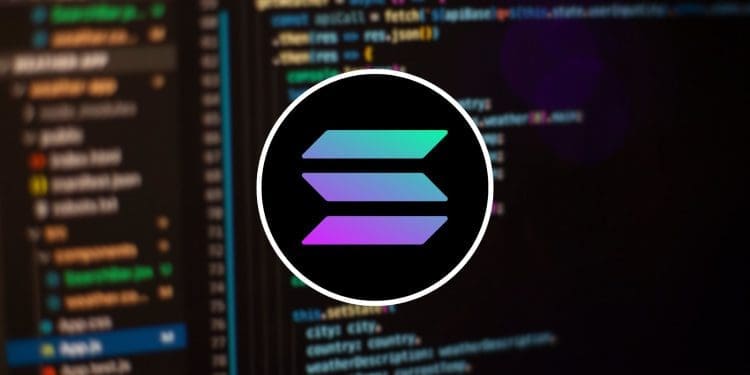- Solana developers are targeting April 15 to implement a fix for an implementation bug that recently caused the transaction failure rate on Solana to skyrocket
- The issue is not a design flaw but rather an implementation bug related to how Solana implemented the QUIC data transfer protocol
- The fix will take place on April 15, assuming no additional issues arise during testing
The Solana blockchain network experienced a spike in transaction failures recently due to an implementation bug. This has raised concerns in the community about the reliability of the network. However, Solana developers say the issue will be fixed on April 15th.
The Cause of the Failure Rate Spike
The failure rate spike was caused by how Solana developers implemented QUIC, a data transfer protocol developed by Google. According to Mert Mumtaz, CEO of Helius Labs which provides back-end support to Solana, the implementation had deficiencies and bugs which led to the network issues.
Why This Isn’t a Fundamental Design Flaw
Mumtaz stressed that this issue is not indicative of a core design flaw in Solana. Using a car analogy, he explained that just because one BMW model has poor steering does not mean all cars are fundamentally flawed. Similarly, Solana’s QUIC implementation being buggy does not imply the overall Solana design is flawed. The developers simply need to improve this one aspect – like changing a faulty tire.
The Coming Fix on April 15th
On April 15th, Solana developers plan to roll out a fix to address the QUIC implementation bugs. This should resolve the recent spike in transaction failures. Mumtaz shared comments from Solana researcher Richard Patel suggesting an alternate implementation called Firedancer does not have these issues. So the April 15th fix likely involves transitioning to this improved implementation.
Conclusion
In summary, Solana’s recent transaction failure rate spike stemmed from an implementation bug, not a core protocol design flaw. Developers are working on the issue and aim to have a fix in place soon on April 15th. This should restore reliability to the network which has become a top 10 blockchain by market capitalization.














